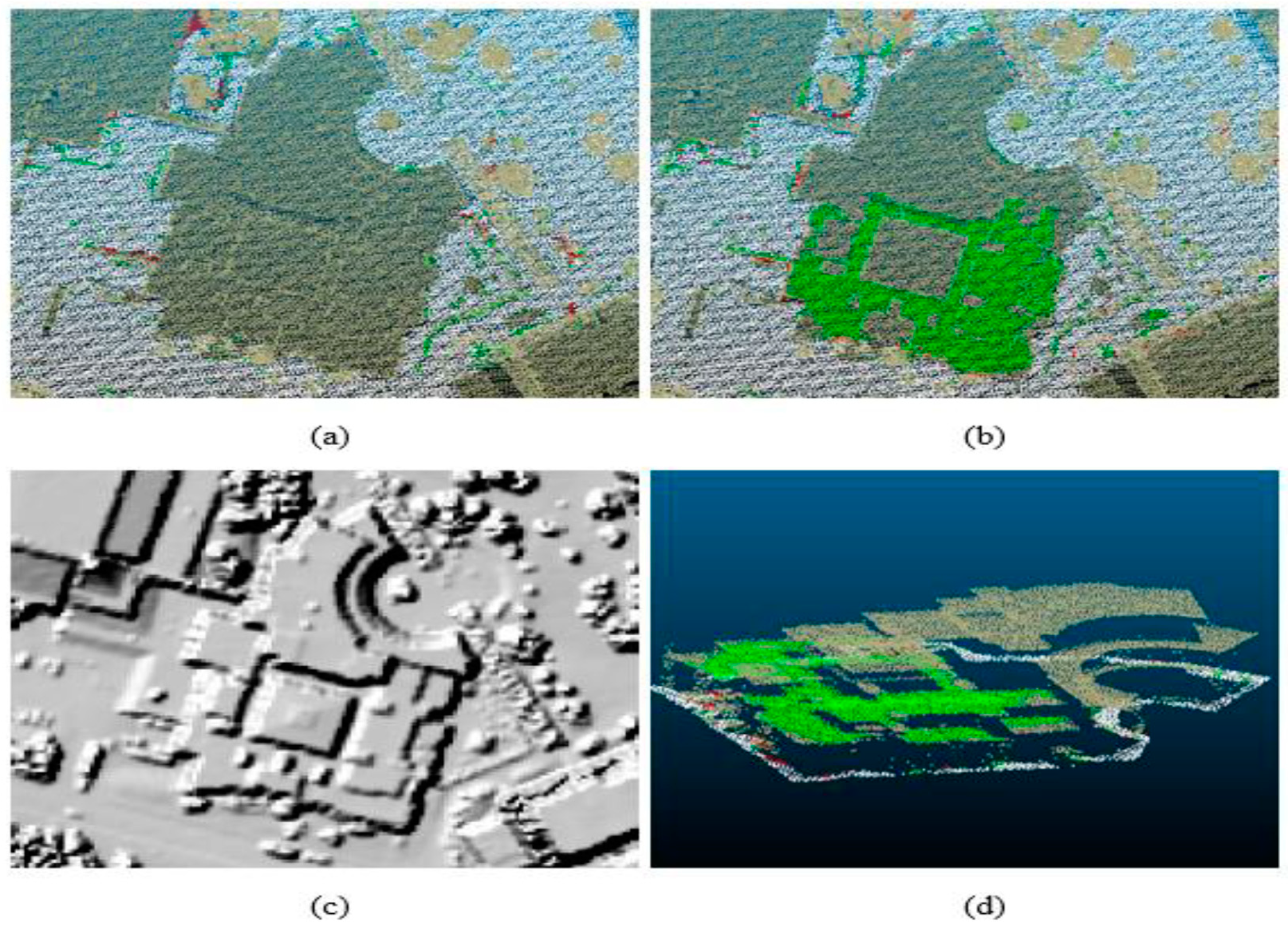
The hillshade of the original DEM will preserve details, while the hillshades of the blurred DEMs will preserve generalities.Ī hillshade attempts to replicate the effect shown in the photograph below, where light illuminates some surfaces and casts others into shadow, creating a realistic depiction of a three-dimensional surface. It’s time to apply hillshading to each of the elevation layers. Each additional layer makes the paper a little darker. The result is a cumulative effect like three layers of transparent ink on white paper. Now all three elevation layers have the same semitransparent symbology. You'll use the Statistics raster function to blur your data. The larger geographic features coalesce and grow more visually singular when a DEM is blurred. To generalize raster data, you can blur it. In cartography, generalization means to change data so that it has the appropriate level of detail for a broader geographic scale, often by simplifying or smoothing it. To approximate a sense of fine detail but also honor the overall structure of the terrain, you'll make generalized versions of the DEM. You'll combine the different versions with transparent symbology so the details and generalities will both be present in your final hillshade. To give a more natural sense of scale, you'll create different versions of your data for different levels of detail. Hillshades are often only able to portray a detailed landscape, or a generalized one. When you look at terrain in the real world, you can see the fine, detailed structure of crags and crevices and the broader-scale structure of hills and valleys at the same time. This lesson can be completed with any DEM. You may download data for a different region instead. You'll create a NASA Earthdata account so you can access this data and download a DEM for the Great Rift Valley region of Ethiopia. SRTM data is provided by the National Aeronautics and Space Administration (NASA). You'll download the DEM for your area of interest, add it to a map in ArcGIS Pro, and change the map's coordinate system. Typically, this is represented as a grayscale image ranging from black (for valleys) to white (for mountains). Low values represent low elevation and high values represent high elevation. A DEM is a raster data format that stores elevation in pixel values. This data is available to the public as a grid of digital elevation models (DEM). SRTM was a research mission in 2000 that captured elevation data of the earth by a radar antenna extended from a space shuttle.

To build a hillshade, you'll use data from the Shuttle Radar Topography Mission (SRTM). You'll achieve this result by considering the properties of light and shadow in the real environment, and approximating them with a series of transparent layers built with raster functions. The image below compares the default output of the ArcGIS Pro Hillshade tool (on the left) to the hillshade you'll create in this lesson (on the right).


 0 kommentar(er)
0 kommentar(er)
